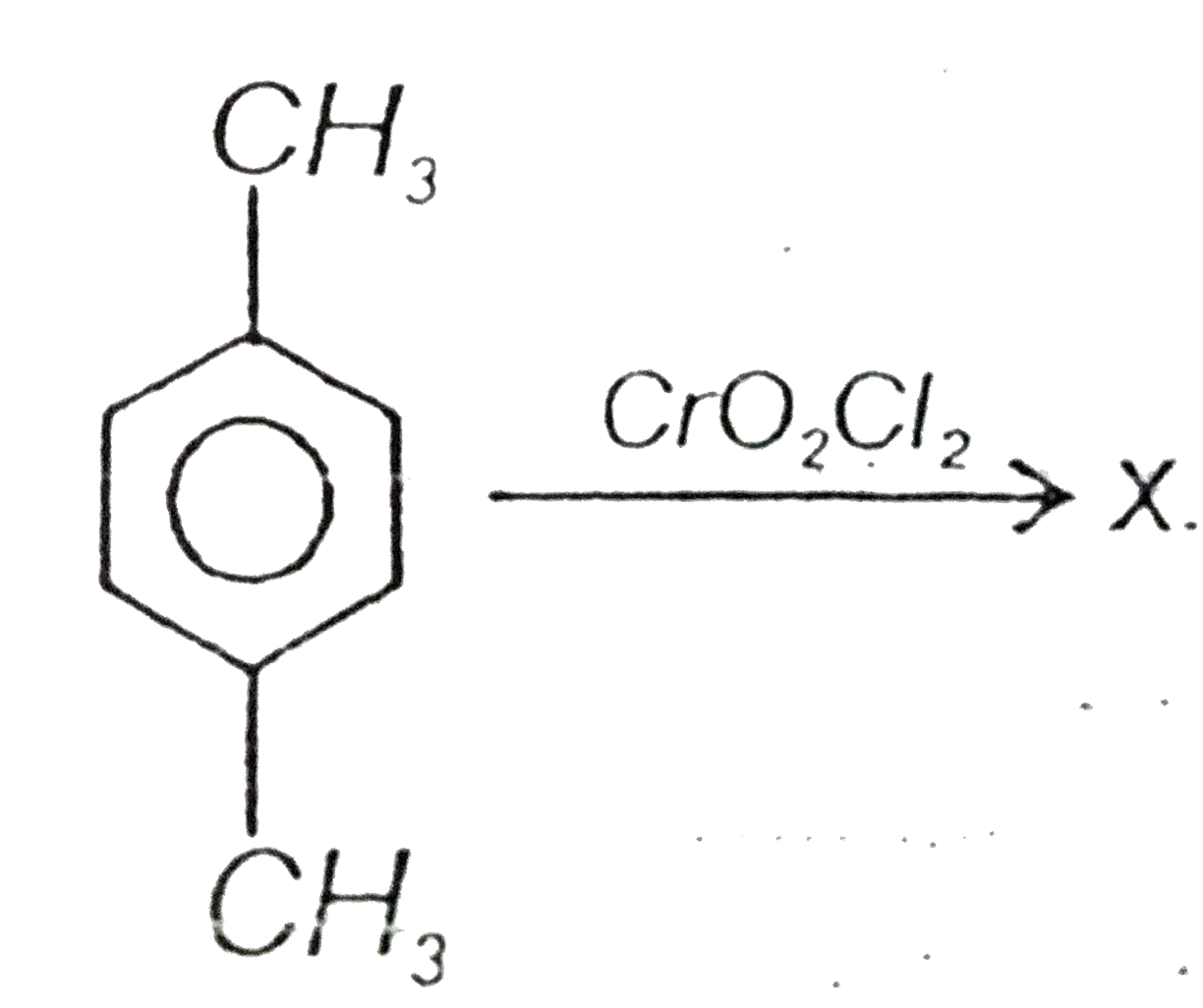CH3CH2NH2(CH3CO)2−−−−−−→ΔA+B, (A) and (B) are
CH3CH2OH,CH3CONHCH2CH3
CH3COOH,CH3CH2NHCOCH3
CH3CH2COOH,CH3NHCOCH3
CH3COOH,CH3CONHCH3
The correct Answer is:B
To solve the question regarding the reaction of ethyl amine (CH₃CH₂NH₂) with acetic anhydride ((CH₃CO)₂O) to form products A and B, we can follow these steps:
Step 1: Identify the Reactants
The reactants in this reaction are:
- Ethyl amine (CH₃CH₂NH₂)
- Acetic anhydride ((CH₃CO)₂O)
Step 2: Understand the Reaction Mechanism
In this reaction, ethyl amine acts as a nucleophile due to the presence of the lone pair of electrons on the nitrogen atom. Acetic anhydride, with its carbonyl groups, acts as an electrophile because the carbonyl carbon is positively polarized.
Step 3: Nucleophilic Attack
The nitrogen atom in ethyl amine attacks one of the carbonyl carbons in acetic anhydride. This leads to the formation of a tetrahedral intermediate. The oxygen atom in the carbonyl group will bear a negative charge due to the nucleophilic attack.
Step 4: Bond Rearrangement
To stabilize the tetrahedral intermediate, one of the bonds between the carbonyl carbon and the oxygen will break. This results in the formation of a new bond between the nitrogen and the carbonyl carbon, leading to the formation of ethyl acetamide.
Step 5: Proton Transfer
The negatively charged oxygen (from the carbonyl that was attacked) will abstract a proton (H⁺) from the solution, leading to the formation of acetic acid (CH₃COOH).
Step 6: Identify the Products
After the reaction, we can identify the products:
- Product A: Ethyl acetamide (CH₃CH₂NHCOCH₃)
- Product B: Acetic acid (CH₃COOH)
Final Answer
The products A and B from the reaction of ethyl amine with acetic anhydride are:
- A: Ethyl acetamide (CH₃CH₂NHCOCH₃)
- B: Acetic acid (CH₃COOH)
---
The reactants in this reaction are:
- Ethyl amine (CH₃CH₂NH₂)
- Acetic anhydride ((CH₃CO)₂O)
In this reaction, ethyl amine acts as a nucleophile due to the presence of the lone pair of electrons on the nitrogen atom. Acetic anhydride, with its carbonyl groups, acts as an electrophile because the carbonyl carbon is positively polarized.
The nitrogen atom in ethyl amine attacks one of the carbonyl carbons in acetic anhydride. This leads to the formation of a tetrahedral intermediate. The oxygen atom in the carbonyl group will bear a negative charge due to the nucleophilic attack.
To stabilize the tetrahedral intermediate, one of the bonds between the carbonyl carbon and the oxygen will break. This results in the formation of a new bond between the nitrogen and the carbonyl carbon, leading to the formation of ethyl acetamide.
The negatively charged oxygen (from the carbonyl that was attacked) will abstract a proton (H⁺) from the solution, leading to the formation of acetic acid (CH₃COOH).
After the reaction, we can identify the products:
- Product A: Ethyl acetamide (CH₃CH₂NHCOCH₃)
- Product B: Acetic acid (CH₃COOH)
The products A and B from the reaction of ethyl amine with acetic anhydride are:
- A: Ethyl acetamide (CH₃CH₂NHCOCH₃)
- B: Acetic acid (CH₃COOH)
Topper's Solved these Questions
- AMINESBOOK - VMC MODULES ENGLISHCHAPTER - AMINESEXERCISE - IMPECCABLE
48 Videos
- AMINESBOOK - VMC MODULES ENGLISHCHAPTER - AMINESEXERCISE - ILLUSTRATION
25 Videos
- AMINESBOOK - VMC MODULES ENGLISHCHAPTER - AMINESEXERCISE - ENABLE
45 Videos
- ALDEHYDES,KETONES & CARBOXYLIC ACIDS BOOK - VMC MODULES ENGLISHCHAPTER - ALDEHYDES,KETONES & CARBOXYLIC ACIDS EXERCISE - IN-CHAPTER EXERCISE-M
10 Videos
- ATOMIC STRUCTUREBOOK - VMC MODULES ENGLISHCHAPTER - ATOMIC STRUCTUREEXERCISE - JEE Advanced (Archive )
67 Videos
Similar Questions
Knowledge Check
Write the basicity order of following :
CH3−NH∣∣C−NH2(P),CH3−CH2−NH2(Q),(CH3)2NH(R),CH3−O∣∣C−..NH2(S)AP>S>R>QBR>S>Q>PCP>R>Q>SDQ>S>R>P
PhCHO+(CH3CO)2O(1)CH3COONa−−−−−−−−−−→(2)hydrolysis,ΔAHBr−−→BB
The product B is
View SolutionCH3−CH2−C∣∣O−NH2A−−→CH3−CH2−NH2
B−−→CH3−CH2−OH
In the above sequence A & B respectively are-
View SolutionCH3−O−CH2CH3HI/Δ−−−−−→Excess(A)+(B)
Product (A) and (B ) are
View SolutionCH3CH(CH3)CH2NH2NaNO2/HCI−−−−−−−−→(A)aq.KOH−−−−→(B) compound (B ) is :
View SolutionComplete the following reactions:
(i) CH3−CH3∣C∣Cl−CH2CH3alcKOH−−−−→ΔAO3−−−−−→Zn/H2O(B+C)
(ii) CH3ICH−CH3alcKCN−−−−→A(i)SnCl2/HCl−−−−−−−−−−−−→(ii)H2O.OH.H2O2B
(iii) HCNHCl/AlCl3−−−−−−→A(i)C6H6Δ−−−−−−−−−−→(ii)(H2O)/H−B
(iv)
View SolutionIn the given reaction the products is :
CH3−CH2−C∣∣O−OCH3+CH3−C∣∣O−OCH3(1)CH3OΘNa+−−−−−−−−−−→(2)CH3OHoversert(H2O)−−→Δ product
View SolutionArrange the following according to increasing stability:
CH3CH2CH2+CH2(I), (CH3)3+C(II), CH3,CH3CH2+CH3(III)
View Solution

 ,
,